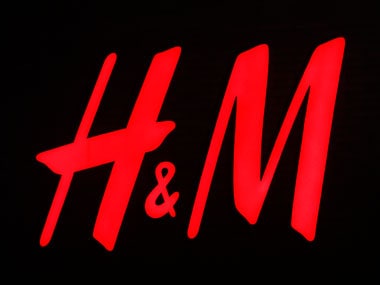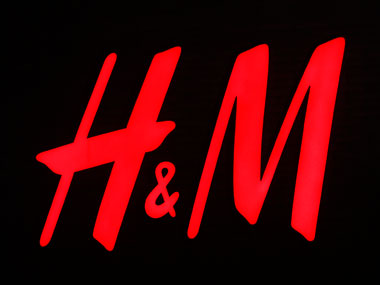The 30 percent sourcing norm is turning out to be a major stumbling block in the retail sector reforms despite the government relaxing the norms favourably. After Swedish furniture major Ikea, which got a clearance after much bickering, comesHennes & Mauritz, which has sought to invest about Rs 700 crore to open 50 stores in India over a few years.
An unclear statement in the the world’s second-largest fashion retailer’s application for single brand retailing in India is now holding up its foray, says a report in the Business Standard. According to the report, the company has said in its application that it would use the items sourced from India for its retail operations here and export sales as well.
“H&M will source from India (preferably from MSMEs) the equivalent of 30 percent of the value of the goods (excluding taxes and duties) purchased by H&M Retail India, the proposed investee company to be incorporated in India. The goods sourced from India for the purposes of meeting the 30 percent sourcing requirement will be utilised for export sales, as well as for domestic sales, through retail stores in India,” the BS report quotes from the application.
The government is stuck on this statement as it goes against the norm. It has asked the company whether it would also export the sourced items. As per the guidelines, retail companies have to source 30 percent of their goods from Indian SMEs. Initially, they are allowed to meet the requirement over five years and then it has to be annually.
The government has also raised doubts about the brand licensing pact amongHennes & Mauritz GBC AB, which is the applicant company,H&M Hennes & Mauritz International AB, a minority investor in the company and the parentH&M, the report said.
Impact Shorts
More Shorts[caption id=“attachment_1116737” align=“alignleft” width=“380”]  Reuters[/caption]
The Foreign Investment Promotion Board (FIPB) will take upthe FDI proposal only after the DIPP approves it. The FIPB is the key unit in the finance ministry for vetting FDI proposals.
Earlier this year,H&M said it wanted to put off the first India stores to 2015, seeking a one-year window after next year’s general elections after having applied for permission to set up 50 stores in India with an initial investment of 100 million euros under the single-brand retail format.
H&M is the second Swedish firm which is planning to enter the lucrative Indian retail market at a time when the government is desperately trying to attract foreign capital to plug a widening current account deficit.
In recent years, H&M has been adding other brands to its core H&M chain, such as & Other Stories, to broaden its customer base and mimic the variety of brands offered by Inditex, which owns the popular Zara brand and has a strong foothold in India’s fashion retail market.
Globally, H&M has over 2,500 stores across 49 markets but itstill makes about 80 percent of sales in Europe. Inditex, meantime, has over 6,000 stores in 86 countries and makes about 20 percent of sales in Asian economies versus 6 percent for H&M.


)

)
)
)
)
)
)
)
)



